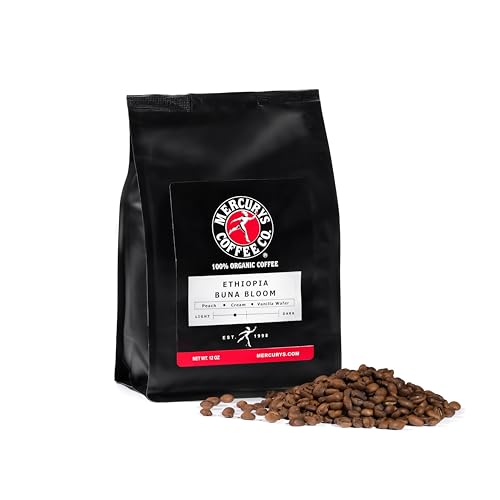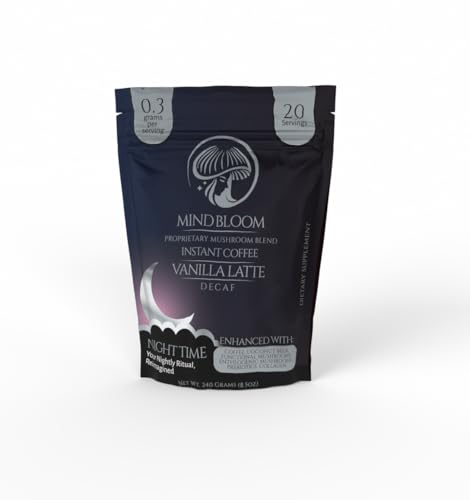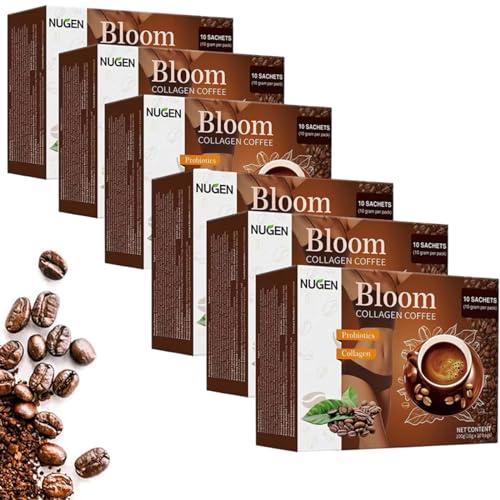If you’re using a pour-over method like a V60 or Chemex, you’ve probably come across the step where you pre-wet the paper filter before brewing. But does this seemingly minor step have any effect on the coffee bloom? The answer is yes more than you might expect.
Let’s break down how pre-wetting your filter can influence blooming and, ultimately, your final cup.
1. Removes Paper Taste That Can Mute the Bloom
Unrinsed paper filters often carry a subtle “papery” or cardboard-like taste. This flavor can interfere with the aromatic compounds released during blooming, especially in delicate beans. By pre-wetting the filter, you allow the coffee’s natural bloom aroma to shine without competition.
2. Improves Temperature Stability
Pouring hot water into a dry filter and carafe absorbs a portion of the brew’s heat. This can cause water temperature to drop during the initial bloom phase, which is critical for proper degassing.
✅ Solution: Pre-wet the filter and warm the carafe to stabilize temperature. A stable thermal environment promotes more vigorous, even blooming.
3. Reduces Flow Resistance
A dry filter can resist water flow more than a wet one, causing uneven water dispersion over the coffee bed during the bloom.
By rinsing the filter first:
- Water saturates more evenly
- Bloom is more uniform
- Less channeling occurs, especially in V-shaped brewers like the V60
4. Potential Downsides? Only If You Forget to Dump the Water
Pre-wetting introduces extra water into your carafe or brewer. If you forget to discard that water before brewing, your final cup may be diluted and that will affect not just your bloom but the full extraction.
Bloom Smart: Make Pre-Wetting a Habit
While it might seem like a small step, pre-wetting your filter sets the stage for a clean, stable, and aromatic bloom. It’s one of those barista habits that separates a decent cup from a truly great one.
Next time you brew, don’t skip the rinse you might just notice a brighter, more expressive bloom.
related article: How Altitude Affects Coffee Flavor: The Highs and Lows Explained













